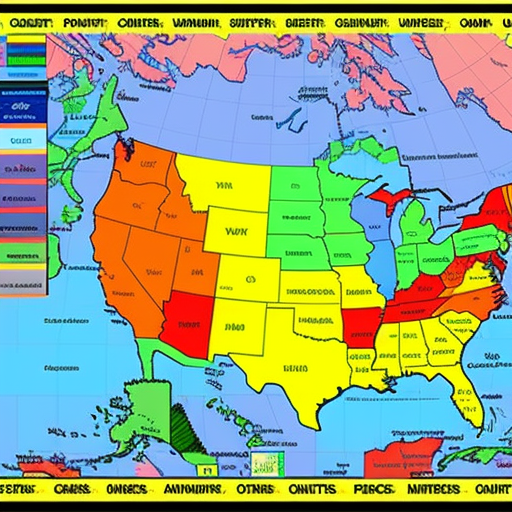Writing the Autoionization Reaction for Acetic Acid, CH3COOH
Acetic acid, also known as ethanoic acid, is an important component of many chemical reactions. In this article, we will look at the self-ionization reaction of acetic acid.
When two acetic acid molecules collide, one acts as an acid and the other as a base. This is known as an auto-ionization reaction, and the resulting reaction looks like this:
CH3COOH + CH3COOH –> CH3CO+ + CH3COO-
In this reaction, one of the acetic acid molecules loses a proton (H+) to the other molecule, resulting in the formation of a positively charged species (CH3CO+) and a negatively charged species (CH3COO-). This is a common type of reaction for organic acids.
To better understand this reaction, let’s look at what happens on a molecular level. When the two acetic acid molecules collide, they form an acid-base pair. This acid-base pair can be represented by the equation:
CH3COOH + H2O –> CH3CO+ + H3O+ + OH-
In this reaction, the acid (CH3COOH) donates a proton (H+) to the base (H2O), resulting in the formation of a positively charged species (CH3CO+) and a negatively charged species (H3O+ and OH-). This reaction is also known as the “self-ionization” of acetic acid.
The auto-ionization of acetic acid is an important reaction in many chemical processes. It is used in chemical synthesis, catalysis, and industrial processes, and is a key part of many biochemical reactions in living organisms.
In conclusion, acetic acid self-ionizes when two molecules collide, forming a positively charged species (CH3CO+) and a negatively charged species (H3O+ and OH-). This reaction is important in many chemical processes and is used in many industries and biochemical processes.

